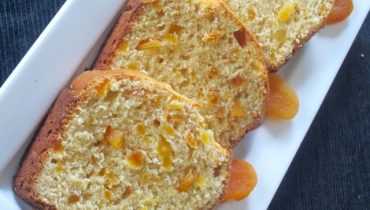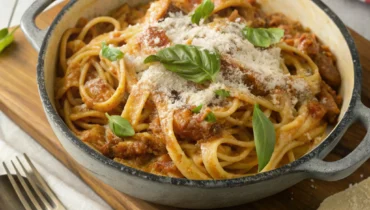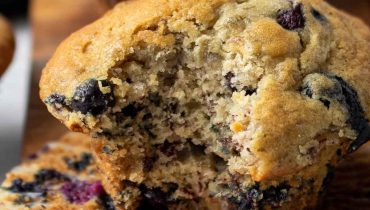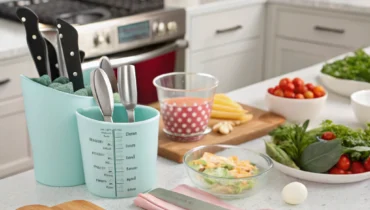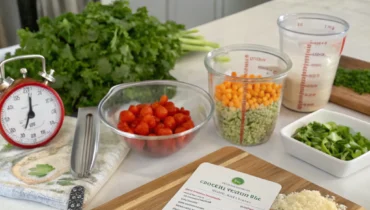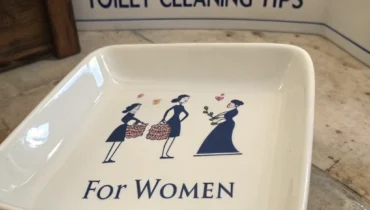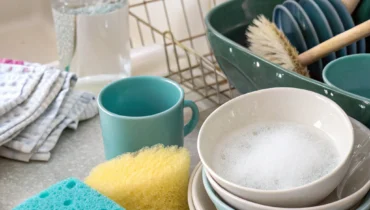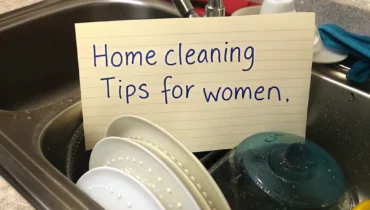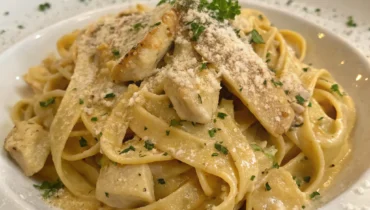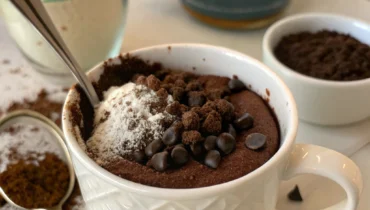Step-by-Step Guide: Creating a Perfect Water Bath for Cheesecake
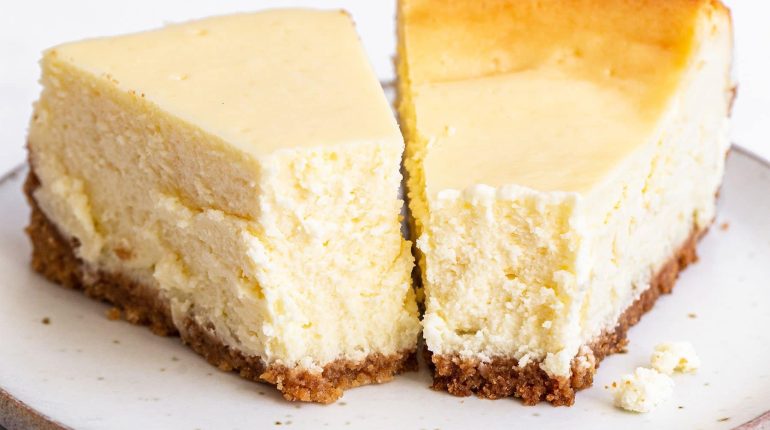
Posted September 11, 2023 by: Admin
How to prevent a water bath from leaking?
To ensure a watertight seal, use a high-quality springform pan, wide heavy duty aluminum foil, and an oven bag if desired.
Alternatives for cheesecake water bath:
1. Low heat & slow baking time
If you don’t have a water bath or want to try an alternative method, you can bake the cheesecake without a water bath at 275°F for 1 hour 45 minutes. This technique can be a bit tricky and may not guarantee a crack-free result if your oven is old, as shown in the comparison below:
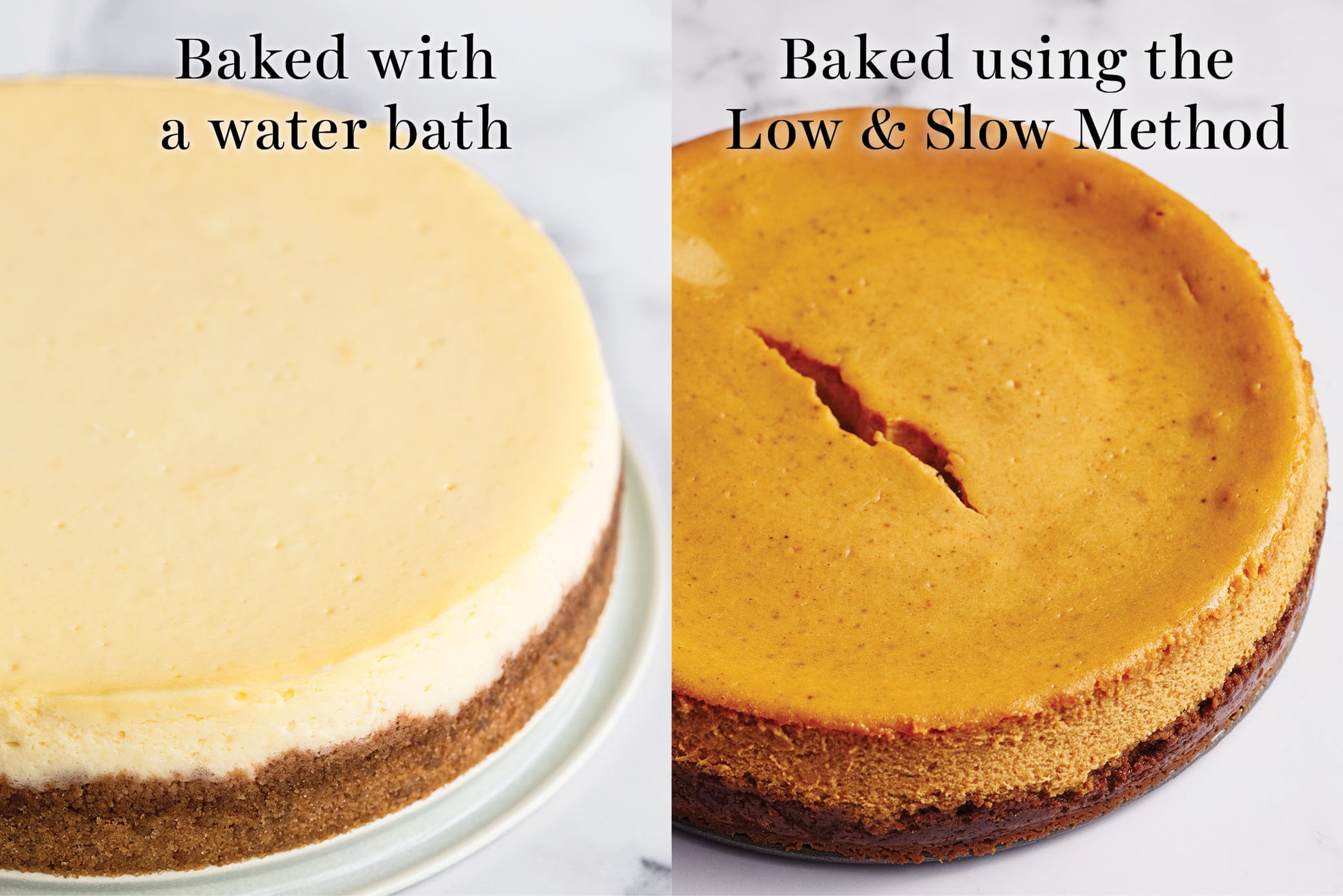
The image above shows a classic cheesecake baked with a water bath on the left (no cracks) and a pumpkin cheesecake baked without a water bath using the low and slow method on the right (visible crack). It’s worth noting that when using this method in my home oven, which is less than 5 years old and electric, the resulting crack is usually minimal.
However, when I used this method in my photographer’s older oven, the crack was more pronounced. So if you have an older oven that struggles to maintain a low and consistent temperature, this may not be the best alternative for you. However, it can work well with newer or more accurate ovens.
2. Tray of water on the bottom oven rack (beneath springform pan)
If you don’t have a large enough pan for a water bath or are concerned about water leaking, you can place a tray of boiling hot water on the bottom rack of your oven directly beneath the middle rack where the springform pan will bake.
While the springform pan isn’t submerged in water with this method, it’s still a good idea to wrap it in foil to protect it from the oven’s heat. Insulated cake strips can also be used for added insulation.
Ingredients
1 high quality springform pan
1 Larger baking pan, cake pan, sauté pan, or roasting pan
Wide heavy duty aluminum foil
Heat safe oven bag or slow cooker bag
Boiling water
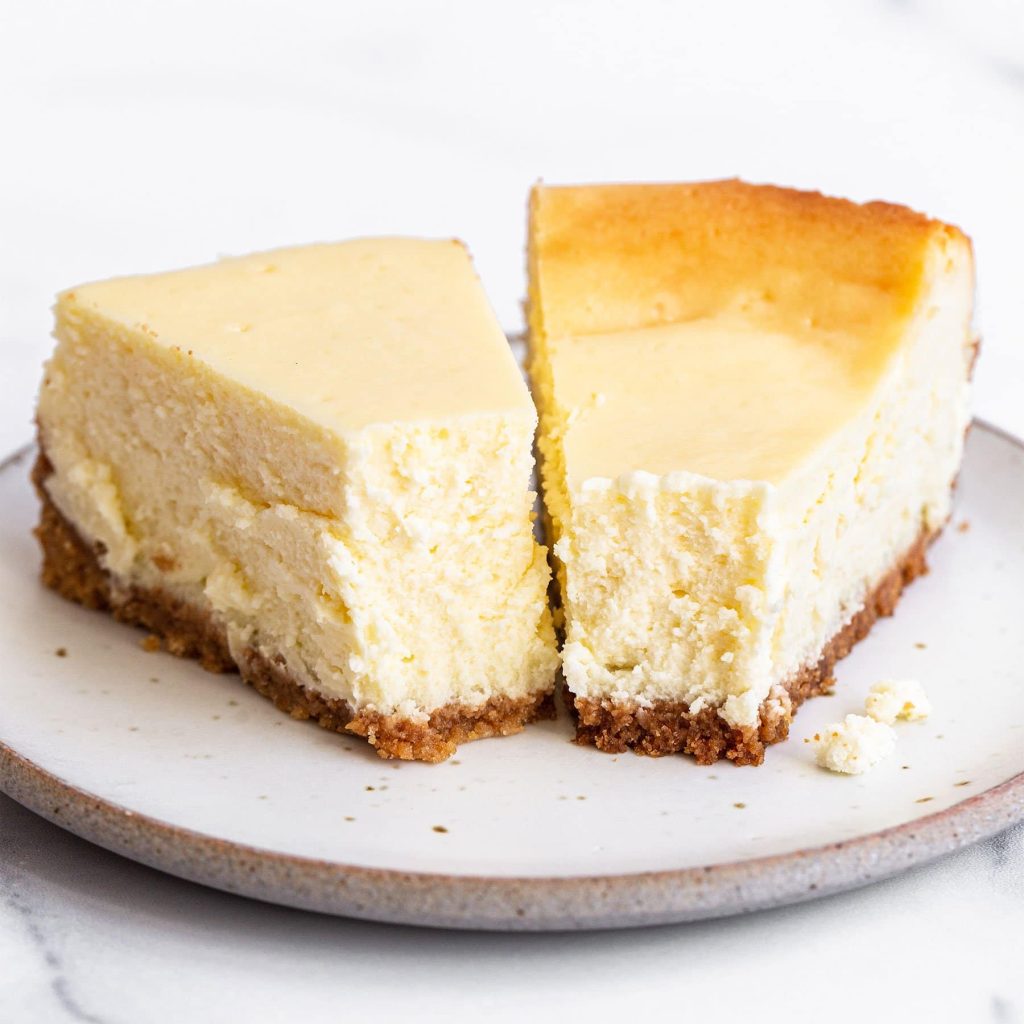
Instructions:
- Begin by baking your graham cracker crust according to your recipe’s instructions. Allow it to cool completely. You can do this step first if pressing the crust into the pan with foil is cumbersome, as oven racks can puncture the foil wrap, defeating its purpose.
- Alternatively, if you’d like to expedite the process, you can wrap your pan in foil and a plastic bag before pressing in the crust. It’s a matter of personal preference; both methods work effectively.
- To waterproof the springform pan, place a large square of heavy-duty aluminum foil beneath it. Ensure you use the heavy-duty foil that offers larger sheets to fully encase the pan’s base. Gently fold the foil’s edges up and around the pan, repeating this process twice for three layers of foil to guarantee a secure seal.
Optional Extra Step: If you’re using an oven bag, place the foil-wrapped springform pan inside it. Roll down the oven bag and fold the top to align with the pan’s edge.
- Boil a kettle of water; it’s the preferred choice to avoid spills and splashes. If you don’t have a kettle, bring water to a boil in a pot, then pour it into a large glass measuring cup with a spout.
- Once your crust has cooled and your water is boiling, pour the cheesecake batter into the cooled springform pan. Place the springform pan inside a larger pan suitable for the water bath. Position both pans on the middle oven rack in the preheated oven.
- Carefully pour the boiling water into the water bath pan, filling it only halfway up the sides of the springform pan. You need enough water to prevent evaporation but not so much that it splashes into the batter.
- Follow your recipe’s baking instructions. Generally, when baking a cheesecake in a water bath, it’s recommended to bake at 325°F for 1 hour to 1 hour and 15 minutes. The cheesecake is ready when the top appears dry, but the center still wobbles like jello, without being liquidy.
- Optionally, to further prevent cracks, turn off the oven, crack the oven door open, and allow the cheesecake to cool inside undisturbed for 30 minutes to 1 hour.
- Remove only the springform pan from the water bath. Unwrap the foil and transfer the pan to a cooling rack. Gently run a thin-bladed, flexible knife around the cake’s edge to ensure it’s not sticking to the sides, which can lead to cracks as it cools. Allow the cheesecake to cool completely at room temperature on the rack before refrigerating to chill.



